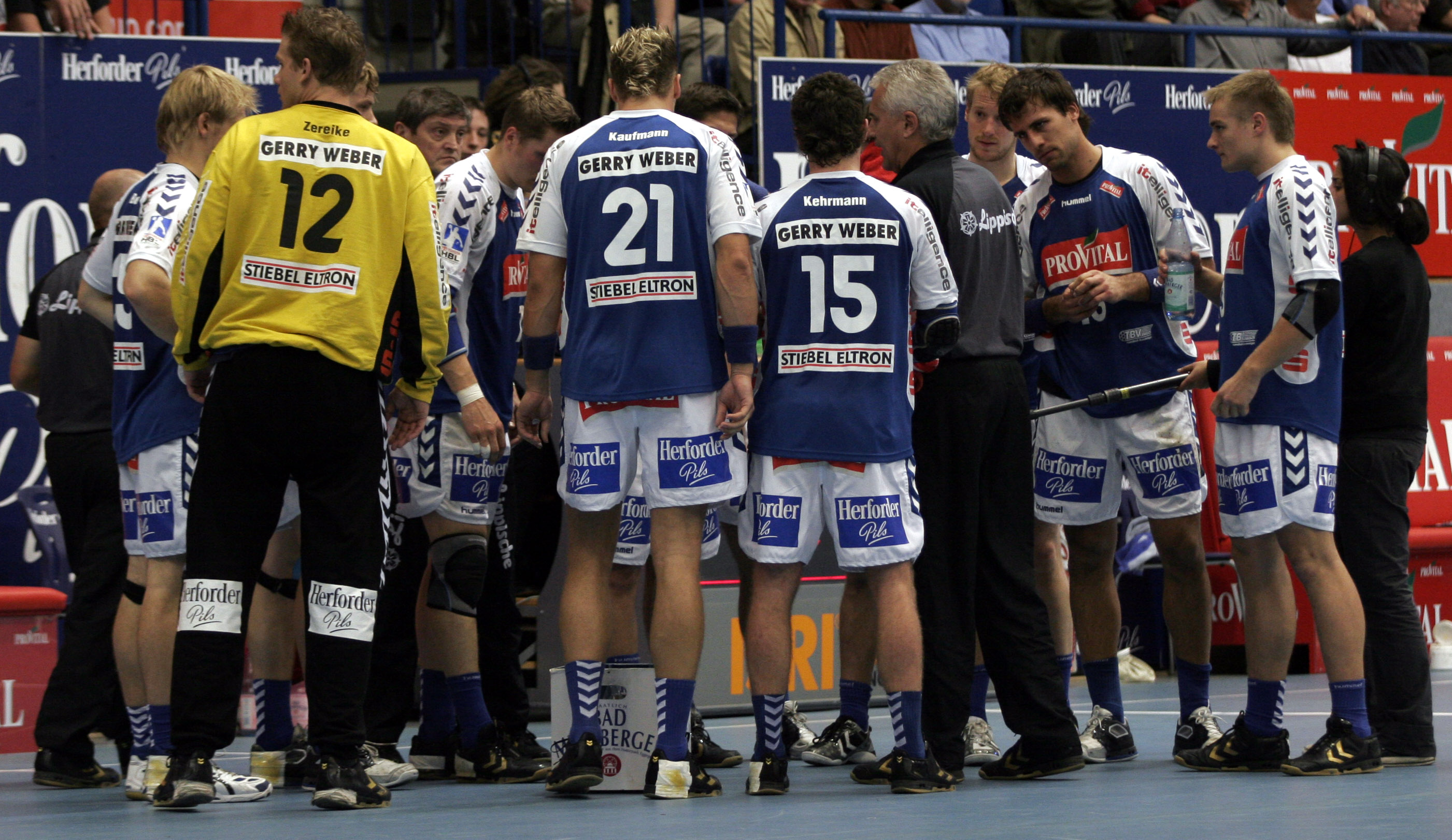I still remember the debate that preceded the introduction of the team time-out, first in the Olympic Games in 1996 and then in the general rules from 1997. Many experts viewed the whole idea with some skepticism or even outright suspicion. Would it really be appropriate for a coach to use a time-out to interrupt the flow of the game for the opponents; should that not really be regarded as unsportsmanlike? And why these stoppages to convey instructions to the team, when in any case you can bring players to the bench and give the necessary explanations! Plus of course the additional objections from the purists, who did not like the idea because it was picked up from basketball…
Clearly the concept is now generally accepted. Although I should perhaps be careful with the word generally, as there are many countries who do not permit team time-outs at the lower levels or in youth games, simply because they take up too much valuable time when several games are squeezed into a limited timeframe in a hall. But at the top levels it has become accepted as an integral part of the game, used either to find ways of changing one’s own team’s tactics or, yes, to try to counter something that the opponents are doing. Many times it is saved until the last minute of the half, to be available to agree on some special effort during the last attack of the half, especially on offense but even on defense.
In an IHF Forum last fall, with experts debating possible changes in the game development and in the rules development, one of the few ideas connected to the rules that came up was a proposal to increase the team time-outs from two per game (one per half) to three per game for each team. To some extent it must have been proposed as a benefit for the coaches in the fast-paced games at the elite level, but I suspect it was also an issue of interest for television and to some extent for spectators and other media. So I was a bit amazed when I heard that it might be proposed for the general rule book to be used at all levels, but this does not make any sense at all. Surely it must be a mistake, and the correct approach would be to consider if for the completion regulations of the IHF, continental federations and national federations, so that it could be applied in the top games.
In any case, knowing that this proposal is being discussed, I found it interesting during the recent World Championship in the approximately 30 matches I watched live to make note of how the team time-out was being used. I must admit I did not literally make notes, and of course I saw just one third of the total number of matches in the Championship. So my impressions may not be so accurate, and this is precisely why I hope that the IHF could find the resources to carry out a small study. When and why is the team time-out being used? This would not just be ‘interesting’; it could be of help in determining the exact rules for how a possible third time-out per team could be used.
My impression, in comparison with previous Championships, was that more than ever before the time-outs were saved to the last couple of minutes of the game, just in case a special situation would arise> Personally I am not sure that this fits in with the main reasons why the team-time out originally was introduced. But perhaps one could turn that argument around and say that if now the coaches are so conservative, this might in fact support the need for one additional time-out (or even two) that could be used at some point(s) during the game when a basic change in tactics or methods seems needed. This often happens when the opponents have scored several goals in sequence or when one’s own team has failed to have success with the initially agreed tactics.
So it would really be nice if someone, with the help of the match videos and score sheets could go back and check for all matches, when and for what apparent reason was each time-out used. A simple indication of what happened in the score and in the run of play for a number of minutes prior to the time-out should give sufficient clues to someone familiar with handball tactics. And the success rate when using the time-out during the last minute(s) would obviously also be interesting! Please IHF, find some experts or handball students who would be interested in this small project!
